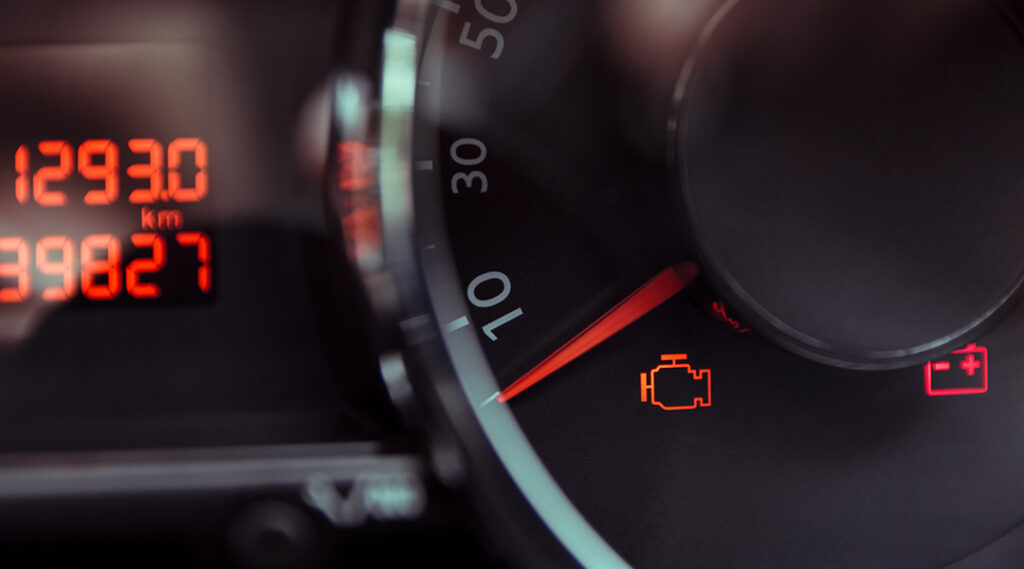This post was originally published on www.progressive.com
Your car’s check engine light is a catch-all for potentially serious mechanical problems. It can be hard to determine exactly what it means, and it often requires a mechanic’s diagnostic tool to decipher. Your local auto parts store can may be able to perform a diagnostic check for you too.
My engine light came on. What do I do next?
The sight of your check engine light on can be frightening, but it doesn’t always mean your vehicle is in imminent danger. Sometimes it’s as minor as a faulty sensor somewhere in the vehicle. The only way to know for sure is to have your vehicle inspected by a trained mechanic. According to Fidel Lerma, business manager of EBA Automotive Repair, “If the light comes on and stays on, it’s not super urgent but should still be checked as soon as you can. If the light is blinking, the car should be stopped immediately or as soon as it is safe to do so.”
Many people ignore the check engine light, but that’s a bad idea. Matthew Hart of AxleWise says, “It should be noted that the check engine light should never be ignored. Doing so could cause more harm than good.”
The only time you should ignore the check engine light is if your mechanic has inspected your vehicle and he or she tells you there is no need to worry. If the cause is a faulty sensor, the cost to repair might be more than it’s worth.
Even so, you should have the engine problem repaired if possible. “The light will usually turn on when something is wrong with the engine,” says Hart, “such as a problem with the fuel system, the ignition system, or the emission control system.” If you ignore the check engine light because of a faulty sensor, it won’t be able to reactivate to inform you of other potential problems.
Steps to take before seeing a mechanic
If you’re at home and the light comes on, there are a few steps you can take before you pay a visit to your mechanic. The first step is to check your gas cap. A loose gas cap can trigger the check engine light. If you noticed the light after filling up, you might not have retightened the cap enough.
Next, turn your vehicle on, off, and back on three times. This process can reset the codes in the vehicle. If the light doesn’t come back on, it might have resulted from a glitch. If the light does come back on, head to your mechanic.
Finally, slow down. One of the common causes of a check engine light is that the engine has flooded. If you’re going up a hill and accelerating to maintain speed, slowing down may be enough to cause the light to turn off.
What can happen if I ignore the check engine light?
Many people may be guilty of ignoring a potential problem until it becomes an actual problem. Ignoring the check engine light is a prime example. However, a lot can go wrong if you ignore mechanical problems.
The mildest consequences can be reduced fuel economy. A problem with the fuel system may result in poor gas mileage or it could cause you to fail an emissions test. Other dangerous consequences can include faulty operation of the vehicle that might result in a crash or at the least, an expensive repair bill.
[ad_1]
